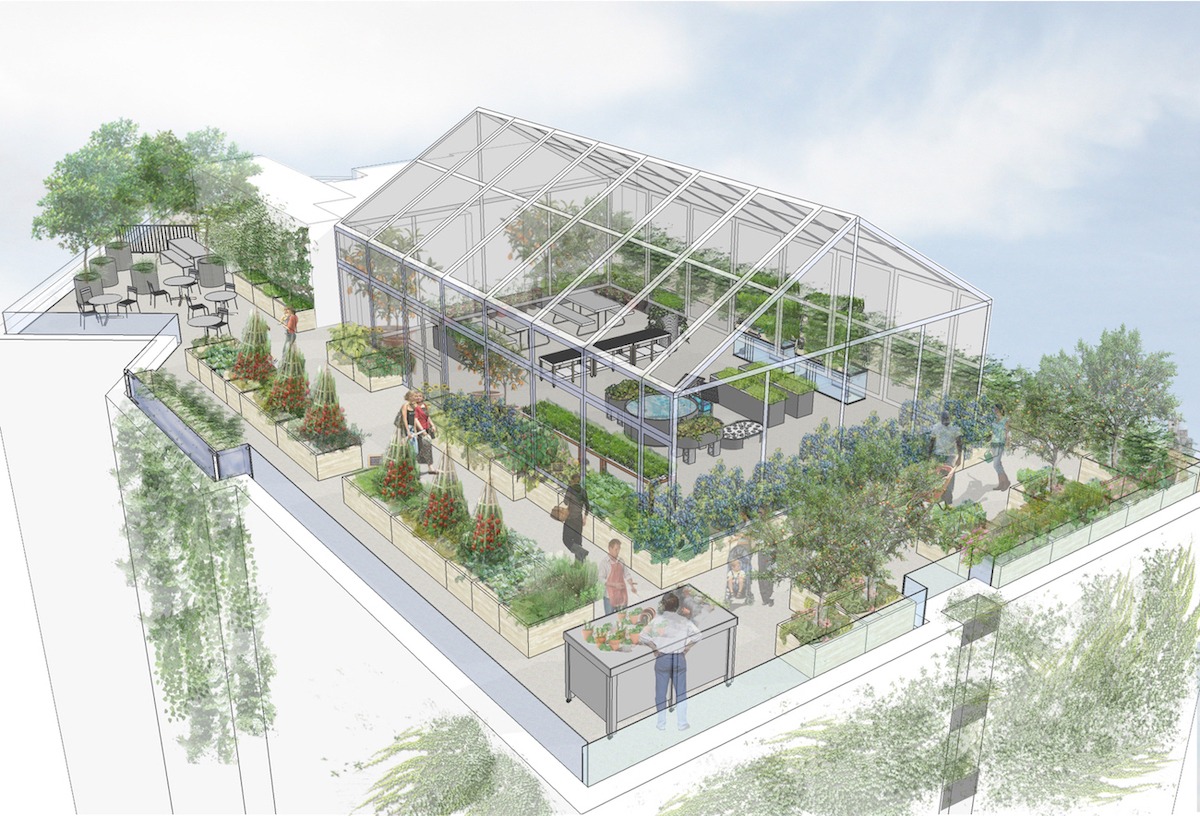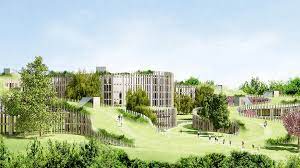Green affordable housing is an increasingly popular concept in the United States, where reasonably priced housing incorporates sustainable features. This trend has been driven by state and local policies that promote or require green building practices for publicly owned or funded buildings. By integrating sustainable features, such as energy-efficient systems and materials, green affordable housing aims to achieve several benefits.
One significant advantage of green affordable housing is the potential for lower energy costs. By implementing energy-efficient technologies, such as solar panels, high-quality insulation, and energy-saving appliances, residents can enjoy reduced utility bills. This can be particularly beneficial for low-income households that typically spend a higher percentage of their income on energy expenses.
Another advantage is improved health outcomes. Green affordable housing often prioritizes indoor air quality by using low-toxicity materials, adequate ventilation systems, and natural lighting. These features contribute to a healthier living environment, reducing the risk of respiratory problems, allergies, and other health issues associated with poor indoor air quality.
However, one challenge facing green affordable housing is the tendency to focus on upfront costs and overlook the long-term benefits. While sustainable features may require a higher initial investment, they can lead to significant cost savings over the life cycle of the building. For example, energy-efficient systems can result in lower operational and maintenance costs, offsetting the higher upfront expenses.
Additionally, affordable housing projects already face difficulties in raising capital to finance basic affordable housing. This can make it even more challenging to secure funding for green affordable housing, as the incorporation of sustainable features often adds to the overall project cost. Finding ways to attract funding and demonstrate the long-term cost-effectiveness of green affordable housing is crucial for advocates in this field.
Green affordable housing has taken various forms, including traditional wooden homes designed with sustainable features. More recently, there has been a growing trend of “upcycling” shipping containers to create affordable housing units. These repurposed containers offer a unique and sustainable solution, utilizing existing resources while reducing waste.
In summary, green affordable housing combines reasonably priced housing with sustainable features. It offers potential benefits such as lower energy costs and improved health outcomes. However, overcoming the tendency to prioritize upfront costs and securing funding for these projects remains a challenge. Nonetheless, the development of green affordable housing, whether through traditional construction methods or innovative approaches like shipping container conversions, contributes to creating sustainable and affordable housing options for individuals and families in need.






